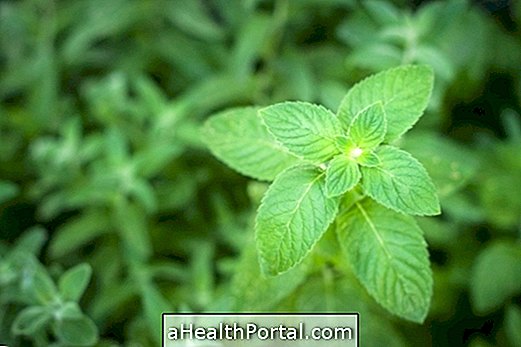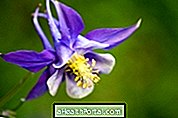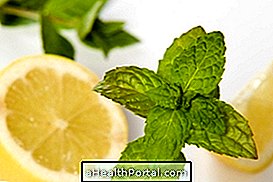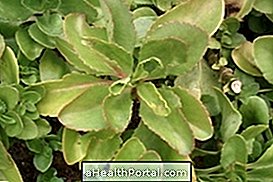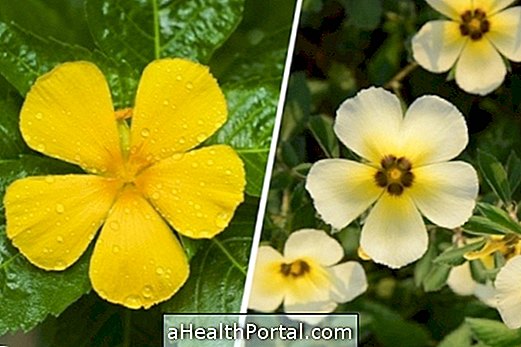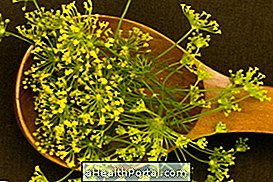Verbena is a flora, also known as urgebão, gervão, manger, and lucky plant, which, besides being a great decoration object, can also be used as a medicinal plant to treat anxiety and stress, for example.
Its scientific name is Verbena officinalis L. and can be bought in some natural products stores.
However, Verbena can also be easily grown and maintained in the home garden. For this, it is necessary to plant the seeds of the plant 20 cm below the ground and about 30 or 40 cm away from other plants, so that it has room to grow. In addition, it is important to water the plant every day, keeping the soil well moist.
What is Verbena for?
Verbena is used to help in the treatment of gallstones, spleen cancer, scrotal cancer, anxiety, stress, insomnia, restlessness, acne, liver infections, asthma, bronchitis, kidney stones, arthritis, digestive disorders, dysmenorrhea, lack of appetite, ulcer, tachycardia, rheumatism, burn, conjunctivitis, pharyngitis and stomatitis.
Properties of Verbena
The properties of Verbena include its febrifuge action, soothing, sedative, antirheumatic, anti-inflammatory, aperient, analgesic, astringent, aphrodisiac, depurative, digestive, stimulant, anticoagulant, anticancer and tonic.
How to use Verbena
The used parts of Verbena are the leaves, roots and flowers.
- Tea for sleep problems : Add 50 g of Verbena leaves in 1 liter of boiling water. Cover the container for 10 minutes. Drink several times throughout the day.
- Wash for conjunctivitis : Add 2 g of Verbena leaves in 200 ml of water and wash the eyes.
- Cataplasm for arthritis : Cook the leaves and flowers of Verbena and after cooling put the solution on a tissue and apply it on sore joints.
Side Effects of Verbena
The side effects of Verbena can be vomiting and hypothyroidism.
Contraindications of Verbena
Verbena should not be used during pregnancy.
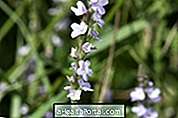


Useful links:
- Home remedy for headache
